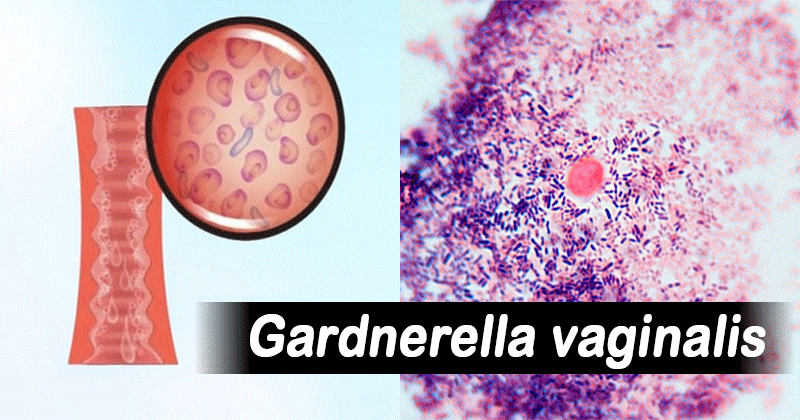Interesting Science Videos
Habitat of Gardnerella vaginalis
- Normal flora in 40% female (small amount)
- Found in urine
- Rarely in blood and wound
- Found in the anorectal flora of healthy adults of both sexes and as well as children.
- Isolated from normal vagina of reproductive age female & male urethra (partners of women with bacterial vaginosis).
- Optimum pH for growth in between 6 and 7.
- Implicated in case of cervical cancer and infection in urinary tract
- Frequently present in vagina of asymptomatic patients.

Morphology of Gardnerella vaginalis
- Small
- SIze: 1.28 x 0.3-0.6µm
- Non-sporulation
- Non-motile
- Non capsulated or endospore formed
- Non filamentous
- Gram negative ,sometimes gram variable rods or coccobacilli
- Pleomorphic with presence of metachromatic granules.
- Presence of clue cells
- Non- acid fast
- Facultative anaerobic
- Cell wall laminated
Genome of Gardnerella vaginalis
- Circular DNA
- Size: 1.67 Mb to 1.72 Mb
- G + C content = 42 to 44%
- No plasmids have been discovered yet
